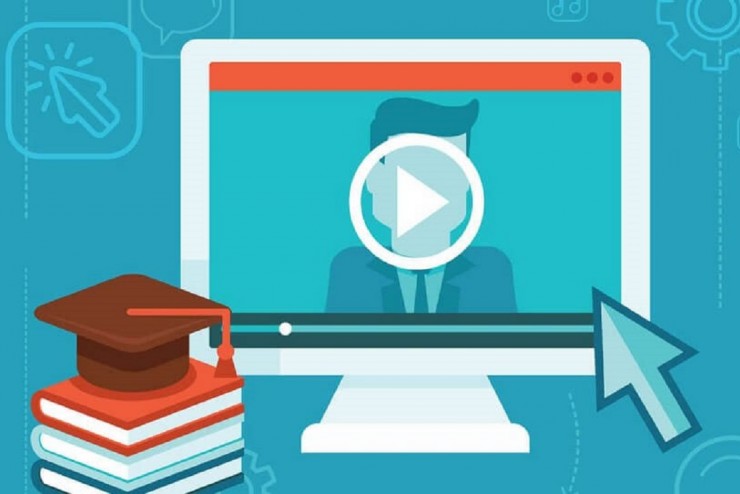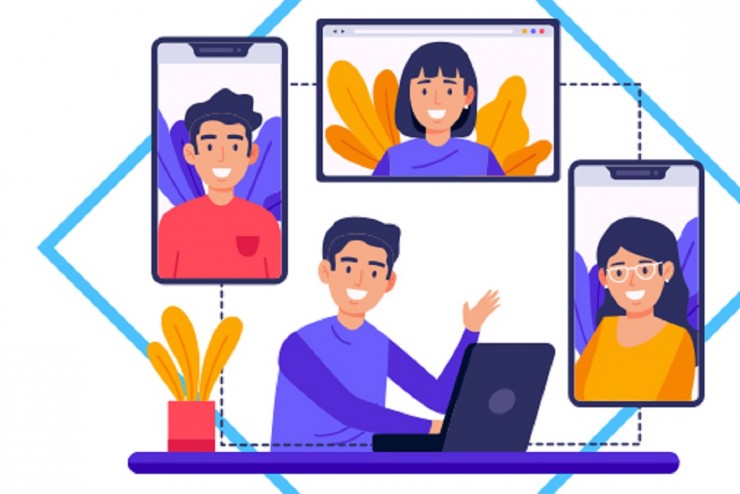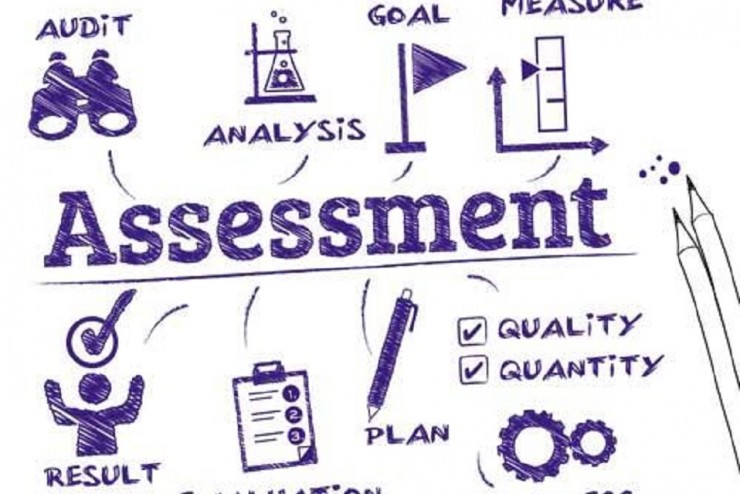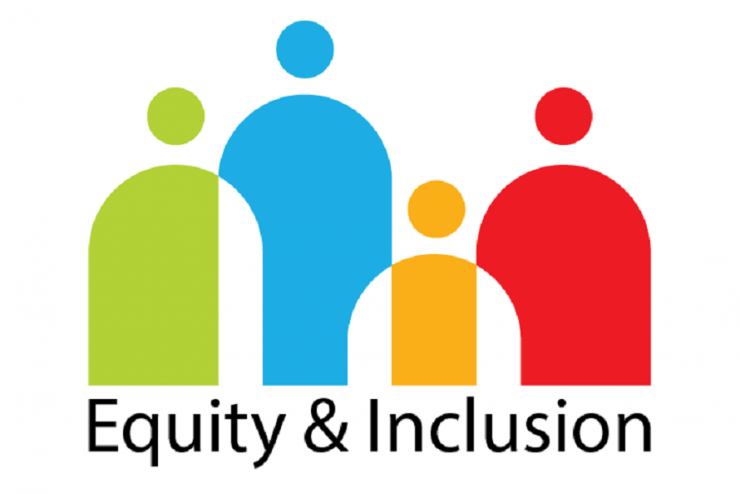
Lecturing Online
Best practices for online, live lectures.
In any transition from a physical class to a remote one, there are two main methods of instruction delivery:
Holding your remote class live at a specific time and in a specific virtual place. Setting up this option is described in our Conducting an Online Class page of this website. A synchronous, virtual class most closely mimics the physical class environment. You and your students, via a variety of devices, meet together virtually to learn and teach within a single platform. You can also hold office hours virtually via Zoom.
Rather than holding live classes online, Brightspace gives you the ability to teach in many ways you are familiar with in the physical classroom. Via your course's Brightspace page students can participate in group discussions, access materials that you post, submit assignments, and take tests.
Follow the content areas below to get a better sense of both the synchronous and asynchronous options available to you.

Best practices for online, live lectures.

Doing group discussions and using breakout rooms within Zoom.

You can make and upload videos for students to watch on their own at any time.

You can also ask students to participate in conversations outside of class time via Blackboard Discussions.

Students can submit work to be graded via Blackboard.

A comprehensive guide on student inclusion and equity by Associate Dean Betsy Sandlin.

Guidelines from the University's Director of Student Access Services in a Remote Teaching Environment.

Remote teaching challenges for specific disciplines.

Ask us a question or offer us some advice using this google form.

A resource from Rice University on inclusion and access while teaching remotely.

An article from the Chronicle of Higher Education highlighting best practices for remote instruction amidst the COVID-19 outbreak.

A resource website from Lafayette College in Easton, Pennsylvania which highlights remote teaching options and strategies.

A resource website from Bowdoin College's Center for Teaching & Learning on preparing for, and executing, the virtual classroom.
Questions/Concerns about Remote Teaching Pedagogy?
Contact: Betsy Sandlin, Emily Puckette, or Mark Hopwood